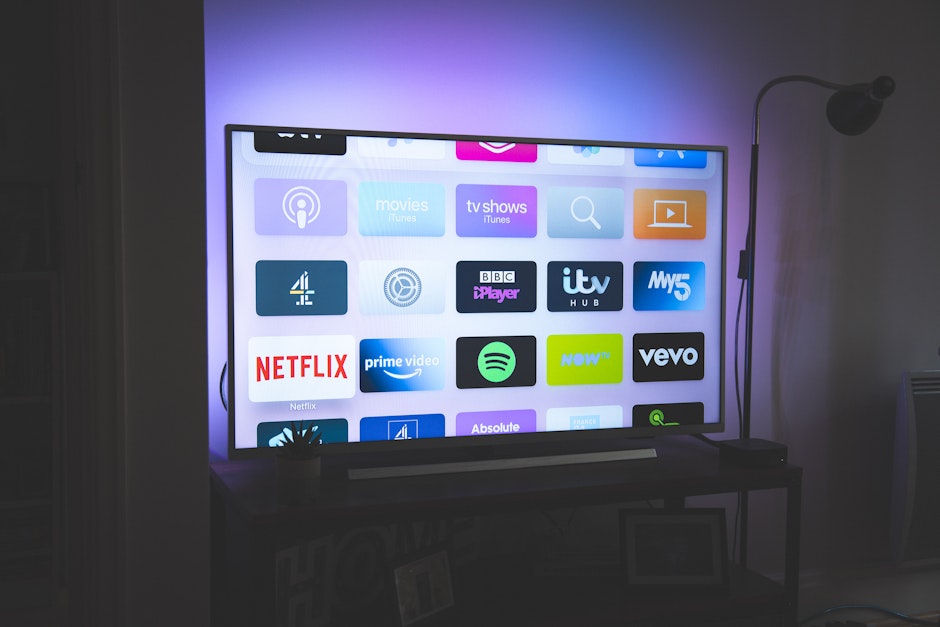Television marketing: achieving success through agility
Business uncertainty and fluctuating economic conditions have forced brands to be more flexible over the last two years than ever before

The shifts toward digital are likely to stay as there is an increasing pressure to become more efficient, create greater impact, and derive increased value from each tactic put in market. For many, this has meant leveraging Connected TV, either as an extension of or in lieu of traditional television buying, to be able to reach a broader audience, pivot more quickly and to have greater precision in targeting.
As brands and agencies consider leaning into television, here are some key reasons why the flexibility offered by Connected TV/OTT should not be overlooked:
Dig deeper into data to inform channel selection
It always pays off to note the importance of data in choosing which channels and tactics drive sales. So instead of using vanity metrics (likes and clicks), opt for more advanced measurement strategies, such as multitouch attribution, matched market and incremental lift.
Next, optimize findings by leveraging artificial intelligence and machine learning, which is possible with connected TV, but very challenging with linear. By combining AI and digital marketing, brands can test everything from messaging and audiences to channels and touch points at scale. Machine learning, on the other hand, allows brands to learn and adapt success signals to tailor content, engage consumers and enhance the customer experience.
Think beyond GRPs
Linear TV is purchased based on broad viewership demographics in the area and placement alongside specific programming. This is certainly valuable from a reach and frequency perspective, but it does not capture the full complexity of the current television landscape. In order to tap into the comprehensive power offered by connected television, it is important to programmatically buy and lean into unique targeting capabilities from premium placements on networks to people-based audience targeting.
First-party data is always the best option. The same has been said for purchase intent and unique identifiers — both of which are dependent on first-party data. Be sure to reevaluate CRM to guarantee all information is correct and current. Additionally, ensure the solutions chosen adhere to consumer privacy regulations: The GDPR, CCPA, and CPRA — these are just the beginning of larger statutes that strengthen consumer privacy rights regarding personal data across the globe.
Be prepared to act quickly
Dexterity and flexibility will be crucial when the time comes to pivot strategies no matter what the world throws your way. Even when it comes to the most well-thought-out campaign, digital TV brings the luxury of making rapid data-driven decisions on how to adapt engagement efforts and source promising opportunities — often in real time. This can be challenging with linear programming that requires pre-negotiated, upfront spots weeks or months ahead of schedule.
Simply consider the lightning speed at which big brands began implementing user-generated content across social channels last year. Faced with a lack of options for marketing content creation early on in the pandemic, savvy companies turned toward the next best option: consumer-generated media. Publishing this content exposed products to new audiences, all while building greater trust.
With this in mind, adapt a nimble approach to digital in order to make messaging more timely. Short-form video content, another one of the many emerging digital marketing trends that emphasises flexibility and agility, is another way to influence purchase behaviors. Above all else, focus on authenticity. Listen to what the audience has to say and adapt accordingly.
If one thing is certain today, it’s that brands will be navigating uncharted waters for many years. There is a lot of uncertainty around what tomorrow will bring, but aligning brands with emerging digital marketing and consumer behavior trends, such as adoption of streaming devices, can put products and services in a much better position to attract the right attention, influence purchase decisions and strengthen customer loyalty in the right place, at the right time.
Sean Cotton is the president and co-founder of Coegi, an all-in-one premium marketing partner for media professionals seeking a streamlined way to leverage programmatic and social solutions. Coegi enables marketers to become digital heroes among co-workers and clients by empowering them with best-in-class strategies, technologies, and expertise through simplified partnerships. Sean is a veteran digital marketing practitioner, industry thought leader, and 2017 winner of iMedia’s Industry Luminary award. He is also an adjunct professor at the University of Missouri, where he teaches interactive and programmatic techniques to the next generation of marketers.

